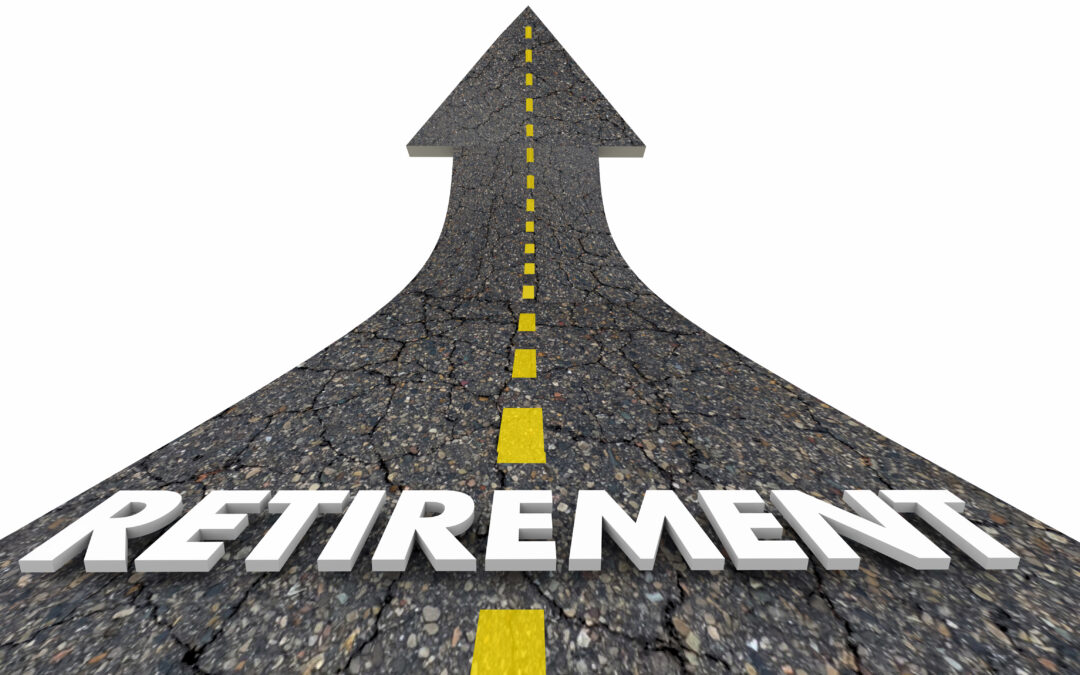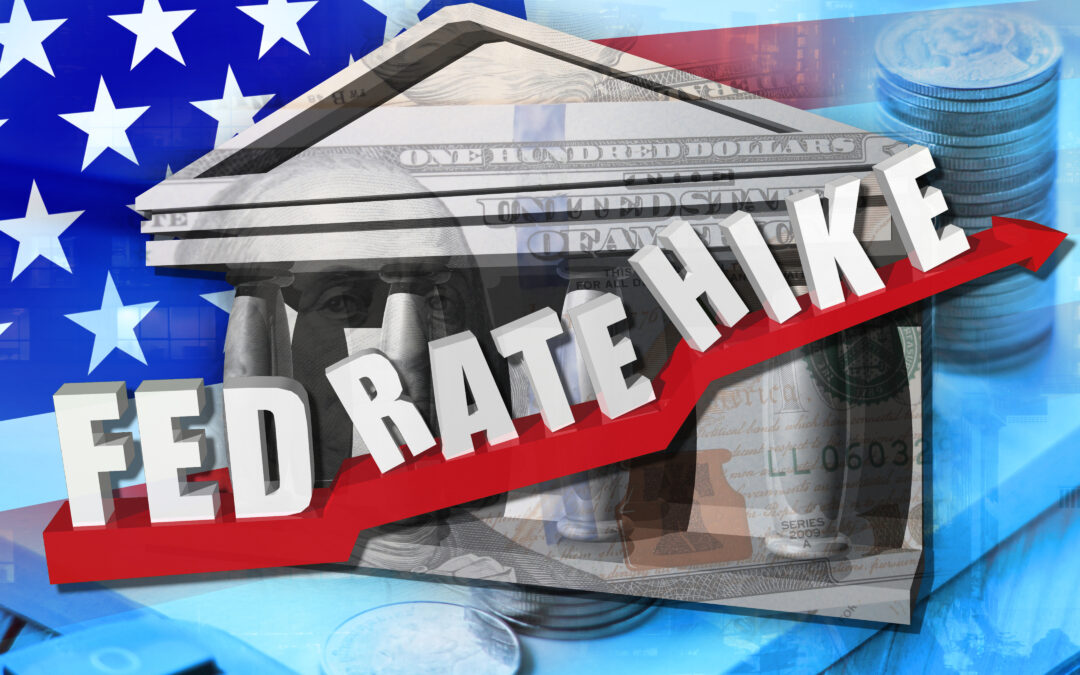
How Long Will $1M Last in Retirement?
Back in the day, $1 million dollars used to sound like enough to retire on. In fact, over time, this number became a popularized ideal in mainstream culture as the target number to hit. While targeting $1 million to retire comfortably might sound like enough for some folks who have a healthy social security benefit or pension plan, chances are you’ll need more than $1 million to maintain or enhance your lifestyle. Many factors determine just how far that $1 million could get you in retirement, so let’s break it down.
Where You Live
The cost of living in each state has a major influence on how long your $1 million will last. For example, your savings would last over 25 years in Mississippi while you barely make it past the 10-year mark in Hawaii. Looking at cost of living and state income taxes are two factors that can affect how far your money will go.
How Long You Live and Your Lifestyle
Although life expectancy in the U.S. is the shortest it’s been in two decades, it’s hard to say exactly how long you will live. If you live well beyond the average 76.4 years, your $1 million likely won’t be enough. Of course, the more extravagant your lifestyle, the more you’ll need to accumulate in your working years. Luckily, you can control your spending, which means with a little smart financial planning, you can help extend your $1 million. But, stretching techniques can only get you so far, which is why we always champion investing early and often. The sooner you begin, the less aggressively you’ll have to save as you near closer to retirement.
Your Health and Long-term Care
Of course, your health also impacts your retirement savings. In 2022, the average 65-year-old couple faced $315,000 in healthcare costs during retirement. Although Medicare should cover these costs, there are still medical expenses you will have to pay out of your own pocket. For example, long-term care expenses, which can cost over $100k annually, are not covered by Medicare.
An unexpected stay can really eat into your retirement savings. The healthier your lifestyle, the less risk there is for health issues, but again, longer life means you might outlive your savings.
Social Security and Pensions
Your $1 million is designed to supplement social security and pension incomes, which of course means you’ll want to have an idea of the benefit amount (approximately) you will receive. Factor that estimate in with any pension plans you may have and that can serve as a foundation for calculating your retirement need.
Your Asset Mix and Investment Risks
How you invest your $1 million is critical for retirement wealth management. Cash, for example, won’t do much to improve your wealth, while having a strategic asset mix will help you avoid the impact of inflation and reduce risks. Depending on real estate is also not the best financial planning strategy, as it lacks the liquidity required to cover expenses. If you take too aggressive an approach when investing, you increase the risk of losses, while playing it too safe won’t earn you enough.
The Rate of Inflation
The past year shows how inflation can impact your budget: If inflation rates are high, your money will disappear quickly as you’ll withdraw more money to cover your living expenses.
With so many ifs, you need a solid retirement strategy to help build your wealth. A financial advisor can determine how much you’ll need to retire comfortably and assist with a wealth management strategy. They’ll consider your social security and pension incomes, expenses, debt, and preferred lifestyle to target the amount you’ll need to overcome cash shortfalls and retire with financial stability.
To help you find the magic number for your retirement savings, set up a free consultation with the experts at Platt Wealth Management. It’s your life. We’re just here to optimize it.
Are you on track for retirement?
Making sure you will be ready for retirement can be overwhelming. Funding your retirement accounts over the years is a critical part of your journey to the retirement of your dreams. An experienced Financial Advisor can help you navigate the complexities of investment management. Talk to a Financial Advisor>
Dream. Plan. Do.
Platt Wealth Management offers financial plans to answer your important financial questions. Where are you? Where do you want to be? How can you get there? Our four-step financial planning process is designed to be a road map to get you where you want to go while providing flexibility to adapt to changes along the route. We offer stand alone plans or full wealth management plans that include our investment management services. Give us a call today to set up a complimentary review. 619-255-9554.





